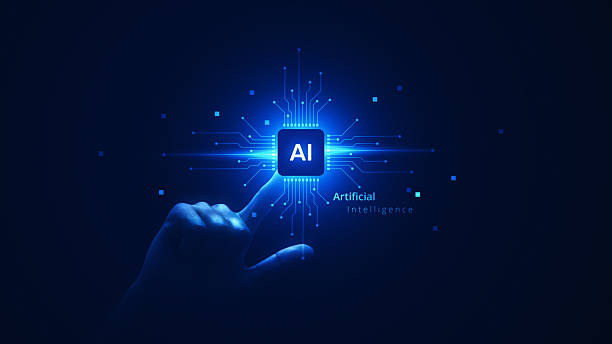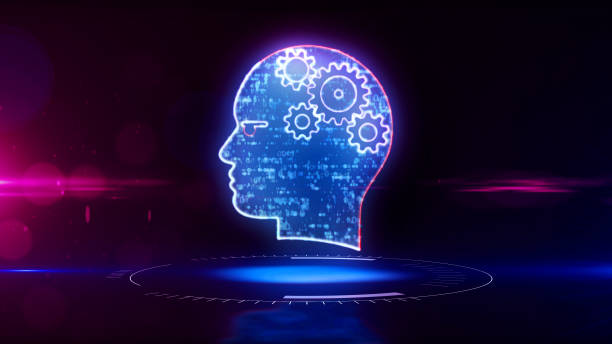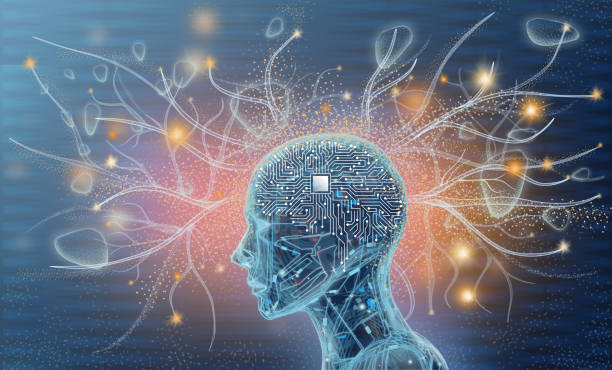What is an Artificial Intelligence Robot and what are its applications?
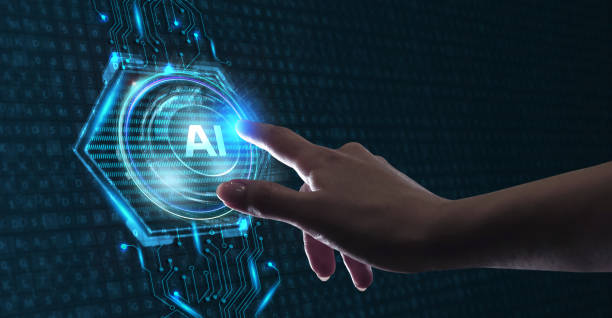
An Artificial Intelligence Robot is a combination of two important fields: #Artificial_Intelligence and #Robotics.
In simple terms, robots equipped with artificial intelligence are capable of performing tasks that typically require human intelligence.
These tasks include learning, problem-solving, decision-making, pattern recognition, and natural language understanding.
The applications of artificial intelligence robots are vast and affect almost all industries.
Common applications include automated production lines in factories, service robots in hotels and hospitals, search and rescue robots in disaster areas, and educational robots in schools and universities.
Artificial intelligence allows these robots to interact with their environment, collect information, and make informed decisions based on it.
This capability makes artificial intelligence robots a powerful tool for improving efficiency, reducing costs, and increasing safety in many areas.
The use of artificial intelligence robots is increasing day by day, and it is expected to play an even more important role in our lives in the future.
IBM, as one of the pioneers in this field, is also conducting extensive research in the development of artificial intelligence robots.
Are you bothered by losing customers due to an outdated appearance or slow speed of your online store? The expert team at Rasaweb solves these problems with professional online store design!
✅ Increase customer trust and your brand’s credibility
✅ Blazing speed and excellent user experience
Get a free consultation with Rasaweb now ⚡
Main Components of an Artificial Intelligence Robot
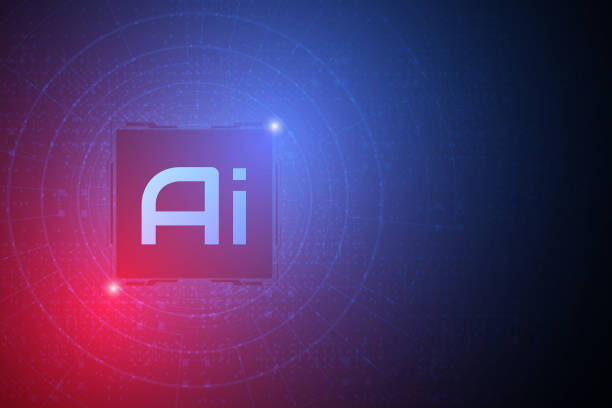
An artificial intelligence robot consists of several main components that work together to enable the performance of various tasks.
These components include:
- Sensors Sensors play the role of the robot’s eyes and ears, collecting information about the surrounding environment.
This information can include temperature, pressure, light, sound, image, and other physical parameters. - Processor The processor, or the brain of the robot, is responsible for processing information received from the sensors and making decisions based on it.
The processor is usually a powerful computer that uses artificial intelligence algorithms to analyze data. - Actuators Actuators are components that enable the robot to move in the environment and interact with it.
These actuators can include motors, pumps, valves, and other mechanical devices. - Software Software is the heart of the robot and includes artificial intelligence algorithms, control programs, and the user interface.
The software tells the robot what to do and how to interact with the environment. - Power Source The power source provides the energy needed to operate all components of the robot.
This source can include batteries, solar cells, or connection to mains electricity.
By combining these components, an artificial intelligence robot is able to move in its environment, collect information, make informed decisions, and perform various tasks.
The Robotics Industries Association also provides useful information in this area.
Types of Artificial Intelligence Algorithms Used in Robots

Artificial intelligence algorithms play a key role in the performance of smart robots.
These algorithms allow robots to learn, decide, and interact with their environment.
There are different types of artificial intelligence algorithms, each suitable for specific applications.
Some of the most common algorithms used in robots include:
- Machine Learning Machine learning allows robots to learn from data and improve their performance without explicit programming.
- Neural Networks Neural networks are computational models inspired by the structure of the human brain.
These networks are used for pattern recognition, data classification, and prediction. - Fuzzy Logic Fuzzy logic allows robots to deal with uncertainty and ambiguity.
This logic is suitable for controlling complex systems and decision-making in uncertain situations. - Search Algorithms Search algorithms allow robots to find the best solution for a particular problem.
These algorithms are used for path planning, solving puzzles, and optimizing performance.
Choosing the right algorithm depends on the type of task the robot has to perform.
For example, a robot that needs to recognize objects needs a neural network, while a robot that needs to plan a path needs a search algorithm.
Using artificial intelligence robots with these algorithms increases efficiency.
| Algorithm | Application | Advantages |
|---|---|---|
| Machine Learning | Pattern recognition, prediction | Ability to learn from data, improved performance |
| Neural Networks | Data classification, control | Ability to model complex systems |
Challenges of Developing and Using Artificial Intelligence Robots
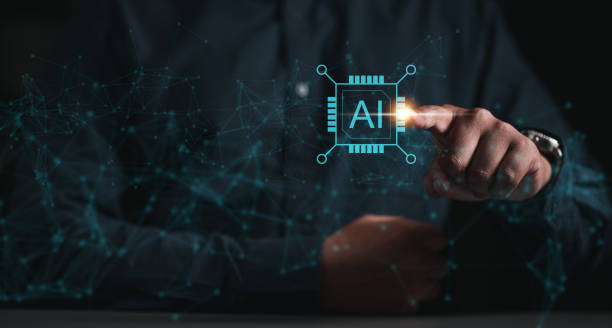
The development and use of artificial intelligence robots comes with several challenges.
Some of these challenges include:
- Complexity Designing and building artificial intelligence robots is very complex and requires expertise in various fields such as robotics, artificial intelligence, mechanical engineering, and electrical engineering.
- Cost Developing and building artificial intelligence robots is very expensive.
This cost includes the cost of parts, software, labor, and research and development. - Security Artificial intelligence robots can be vulnerable and misused.
For example, a hacked robot can be used for espionage, sabotage, or cyber attacks. - Ethics The use of artificial intelligence robots comes with several ethical issues.
For example, the question arises whether robots should have the right to make decisions and, if so, to what extent? - Public Acceptance Some people are skeptical about the use of artificial intelligence robots and are worried about losing their jobs or threatening their privacy.
To overcome these challenges, we need to invest in research and development, develop security and ethical standards, and raise public awareness about the benefits and drawbacks of artificial intelligence robots.
Using artificial intelligence robots correctly can solve many problems.
Are you frustrated with the low conversion rate of your online store?
Rasaweb with professional online store design is your definite solution!
✅ Increase your sales and revenue
✅ Exceptional user experience for your customers
⚡ Get a free consultation now!
The Future of Robotics and Artificial Intelligence

The future of robotics and artificial intelligence looks very bright and promising.
With the advancement of technology, robots are expected to become smarter, more capable, and more versatile.
In the future, we will see the presence of robots in all aspects of our lives, from homes and workplaces to hospitals and schools.
Some of the predictions about the future of robotics and artificial intelligence include:
- Self-driving Robots Self-driving cars will soon become a reality and transform the way we travel.
- Surgical Robots Surgical robots will operate with greater precision and skill than human surgeons and increase the success rate of surgeries.
- Service Robots Service robots will perform everyday tasks at home and work and help us spend more time on more important tasks.
- Astronaut Robots Astronaut robots will explore space and gather valuable information about planets and galaxies.
However, it should be noted that technological progress will not be without challenges.
In order to be able to fully benefit from the advantages of robotics and artificial intelligence, we must also consider the ethical and social issues related to these technologies.
Responsible use of artificial intelligence robots can help improve the quality of human life.
Key Points in Choosing the Right Artificial Intelligence Robot
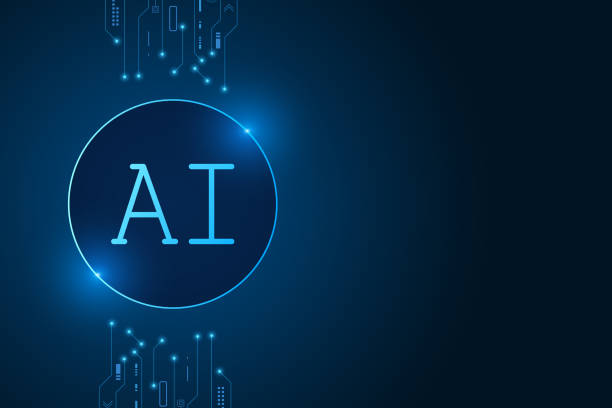
Choosing the right artificial intelligence robot for a particular application requires considering several key factors.
These factors include:
- User Needs First of all, you need to accurately identify your needs.
What tasks do you want to assign to the robot? What level of accuracy and speed is required? - Robot Capabilities Different robots have different capabilities.
Some robots are designed for simple tasks, while others are capable of performing more complex tasks. - Cost The cost of robots can vary greatly.
Before buying, determine your budget and choose a robot that is compatible with your budget. - Support Make sure that the robot manufacturer provides adequate technical support.
If a problem occurs, you should be able to easily contact the company and get guidance. - Security Robot security is very important.
Make sure the robot has adequate security features and is protected from cyberattacks.
By considering these factors, you can choose the right artificial intelligence robot for your needs.
Optimal use of artificial intelligence robots requires careful planning.
Case Study of the Application of Artificial Intelligence Robots in Industry
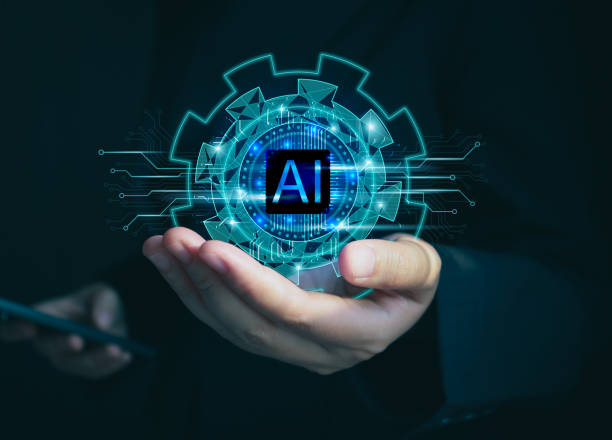
Industry is one of the fields where artificial intelligence robots play a very important role.
These robots can be used in production lines, warehousing, quality control, and other parts of the industry.
Some common applications of artificial intelligence robots in industry include:
- Automation Robots can automatically perform repetitive and tedious tasks and increase productivity.
- Quality Control Robots can inspect products more accurately than humans and prevent errors.
- Warehousing Robots can move goods in the warehouse and manage the warehouse inventory.
- Safety Robots can work in dangerous environments and prevent humans from being harmed.
For example, in the automotive industry, robots are used for welding, painting, and assembling parts.
These robots work with high precision and speed and improve the quality of products.
The use of artificial intelligence robots in industry helps reduce costs and increase competitiveness.
| Industry | Application of Artificial Intelligence Robots | Advantages |
|---|---|---|
| Automotive | Welding, painting, assembly | Increased accuracy, speed, cost reduction |
| Electronics | Part assembly, quality testing | Increased accuracy, reduced errors |
The Impact of Artificial Intelligence Robots on Jobs and the Workforce
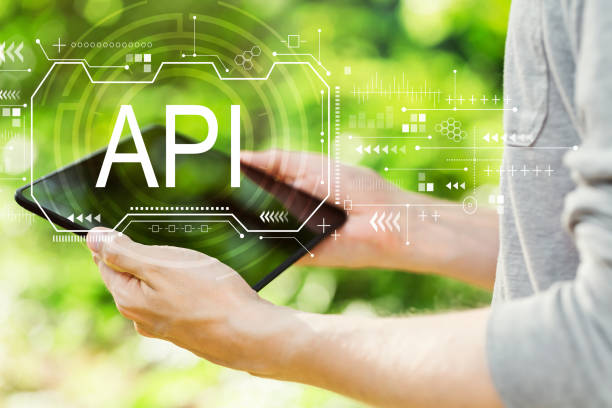
The entry of artificial intelligence robots into the labor market will have a significant impact on jobs and the workforce.
Some jobs will be completely replaced by robots, while others will need to change and adapt.
Some of the potential impacts of artificial intelligence robots on jobs and the workforce include:
- Job Replacement Robots can perform repetitive and routine tasks with greater accuracy and speed than humans, resulting in the elimination of some jobs.
- New Job Creation The development and use of artificial intelligence robots will also create new jobs.
These jobs include designing, building, maintaining, and repairing robots. - Skills Change The workforce needs to learn new skills to work with and use robots.
These skills include programming, data analysis, and problem-solving. - Increased Productivity Robots can increase productivity and help companies provide their products and services with higher quality and lower cost.
In order to be able to fully benefit from the advantages of artificial intelligence robots, we must have a proper plan for training and educating the workforce and help people who lose their jobs to learn new skills and find new jobs.
Smart use of artificial intelligence robots requires attention to these issues.
Are you worried about losing customers who don’t have a professional online store?
Forget these worries with online store design by Rasaweb!
✅ Significant increase in sales and visitor-to-customer conversion rate
✅ Professional and user-friendly design that gains customer trust
⚡ Get a free consultation from Rasaweb
Examining the Ethical Aspects of Using Artificial Intelligence Robots

The use of artificial intelligence robots comes with several ethical issues.
These issues include:
- Responsibility If an artificial intelligence robot makes a mistake, who is responsible? Is the robot manufacturer responsible or its user?
- Privacy Robots can collect a lot of information about us.
How can we protect our privacy from robots? - Discrimination Robots may unintentionally act discriminatorily.
How can we prevent discrimination in artificial intelligence algorithms? - Autonomy To what extent should robots be autonomous? Should we allow robots to make important decisions without human intervention?
To answer these questions, we need discussion and exchange of views between experts, policymakers, and the general public.
We need to develop laws and regulations that regulate the use of artificial intelligence robots ethically and responsibly.
The use of artificial intelligence robots must take into account ethical aspects in order to help solve problems instead of creating them.
Useful Resources and References for Learning More About Artificial Intelligence Robots
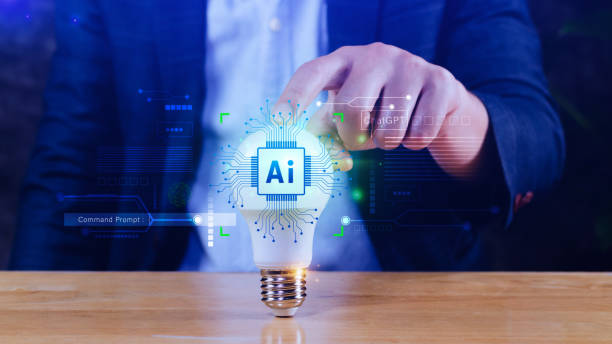
There are several resources and references available for learning more about artificial intelligence robots.
Some of these resources include:
- Books Many books have been written on robotics and artificial intelligence.
Some of these books are suitable for beginners, while others cover more advanced topics. - Articles Scientific and technical articles can provide valuable information on the latest achievements and advances in the field of artificial intelligence robots.
- Training Courses Online and in-person training courses can help you learn the skills needed to work with robots and artificial intelligence algorithms.
- Websites There are many websites about robotics and artificial intelligence.
These websites can provide useful information about robot applications, artificial intelligence algorithms, and news related to this field.
By using these resources, you can increase your knowledge and skills in the field of artificial intelligence robots and become an expert in this field.
Continuous learning in this field helps you stay up-to-date with the latest advances and benefit from the advantages of this technology.
The development of artificial intelligence robots requires sufficient expertise and knowledge.
Frequently Asked Questions
| Question | Answer |
|---|---|
| What is an artificial intelligence robot? | An AI Robot is a machine that is able to understand its environment, reason, learn, and make decisions to perform tasks independently. |
| What is the difference between regular robots and artificial intelligence robots? | Regular robots perform repetitive tasks based on pre-planning, while artificial intelligence robots can learn from experience, interact dynamically with their environment, and even behave in a way that resembles human intelligence. |
| What are the main applications of artificial intelligence robots? | They are used in industries (manufacturing, assembly), medicine (surgery, diagnosis), services (customer support, domestic), exploration (space, underwater), and many other fields. |
| What technologies are used in the construction of artificial intelligence robots? | Machine Learning, Computer Vision, Natural Language Processing, Deep Learning, and Robotics are key technologies. |
| Can artificial intelligence robots have emotions? | Currently, robots do not have emotions in the human sense. They can identify and react to emotions, but they do not experience emotions themselves. |
| What are the main challenges in the development of artificial intelligence robots? | Safety, reliability, ethics, autonomy, compatibility with complex environments, and natural interaction with humans are important challenges. |
| How are artificial intelligence robots trained? | They are usually trained using large amounts of data, machine learning algorithms, and deep learning to identify patterns and make decisions. |
| Examples of artificial intelligence robots in everyday life? | Smart robotic vacuum cleaners, customer support chat bots, self-driving cars, and surgical robots in hospitals. |
| Are artificial intelligence robots a threat to human jobs? | Some repetitive jobs may be automated, but at the same time, robots can increase productivity and create new jobs in the field of developing, maintaining, and monitoring these systems. |
| How is the future of artificial intelligence robots predicted? | They are expected to become smarter, more autonomous, and capable of performing more complex tasks, and to be in closer interaction with humans in different environments. |
And other services of Rasa Web advertising agency in the field of advertising
Smart Advertising Campaign: A new service to increase customer behavior analysis through precise targeting of the audience.
Smart Social Media: A professional solution to increase sales by focusing on intelligent data analysis.
Smart Social Media: A new service to increase digital branding through the use of real data.
Smart Brand Identity: A professional solution for analyzing customer behavior with a focus on marketing automation.
Smart Sales Automation: A combination of creativity and technology for user interaction by optimizing key pages.
And more than hundreds of other services in the field of internet advertising, advertising consulting, and organizational solutions
Internet Advertising | Advertising Strategy | Advertorial
Resources
What is GPT and how does it work? | Simple Intelligent Assistant
,What is Artificial Intelligence? — In Simple Terms (+ Free Training Video) | Faradars
,Applications of Artificial Intelligence; From Medicine and Economics to Self-Driving Cars | Zoomit
,What is Artificial Intelligence and How Does it Work? | Arian ICT
? Are you ready to transform your business in the digital world? Rasaweb Aferin, a leading digital marketing agency, with expertise in SEO, online advertising, and Responsive Website Design helps you reach the peak of success and have a powerful presence on the web.
📍 Tehran, Mirdamad Street, next to the Central Bank, Kazerun Jonoubi Alley, Ramin Alley No. 6

